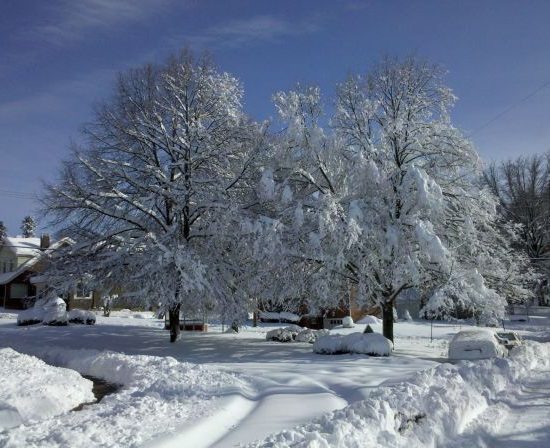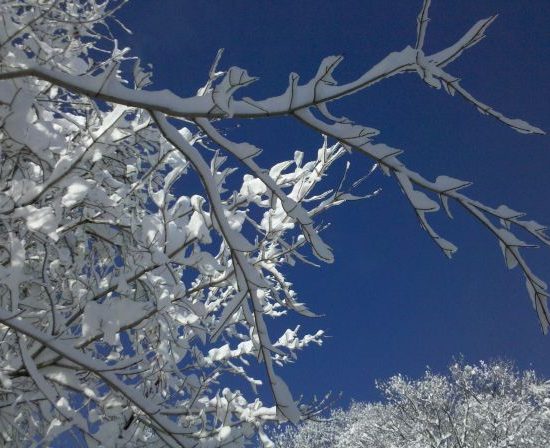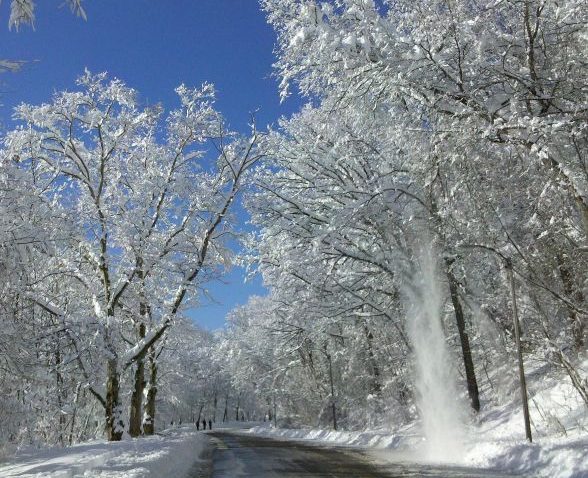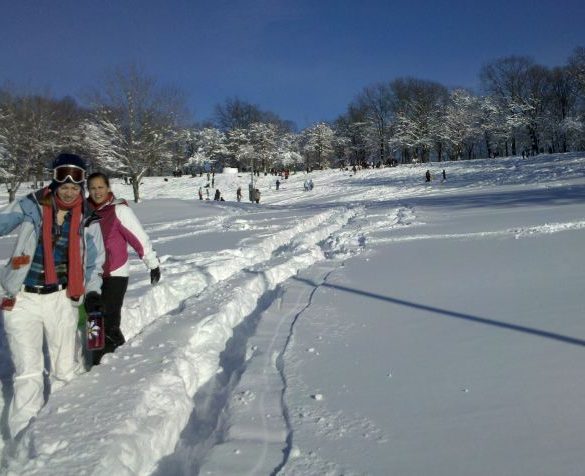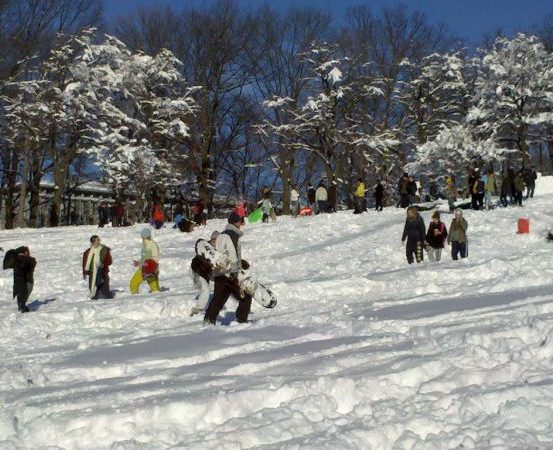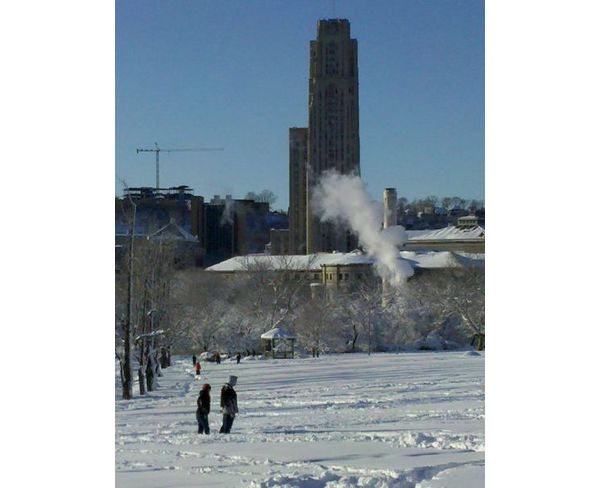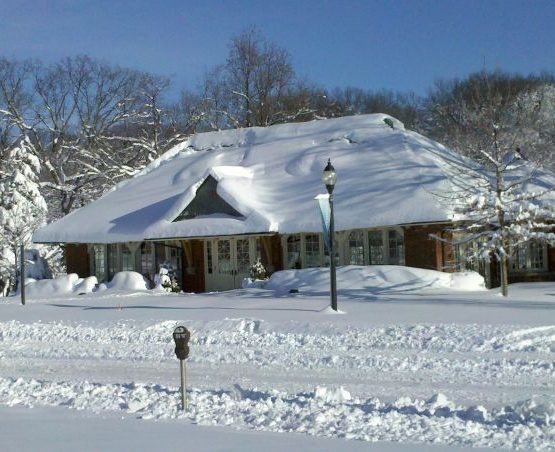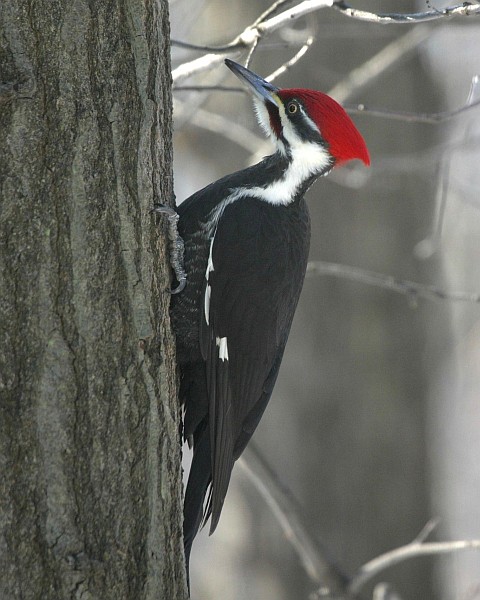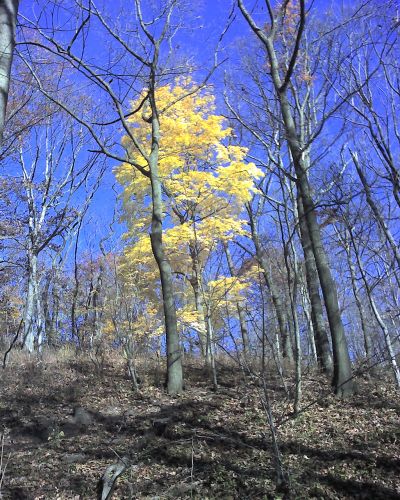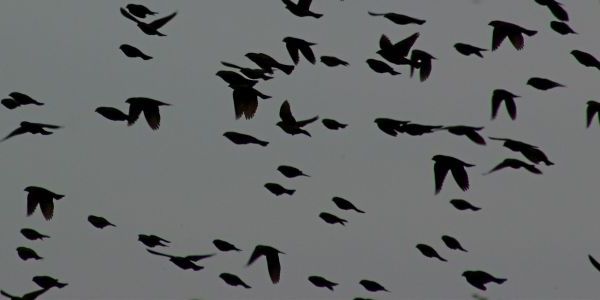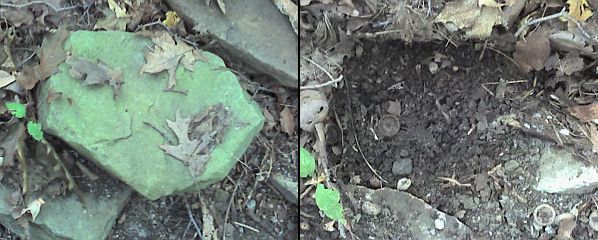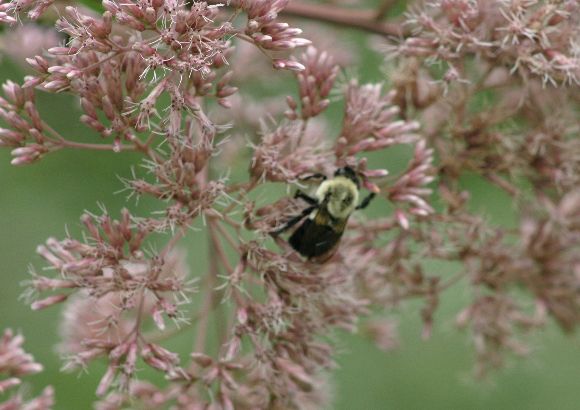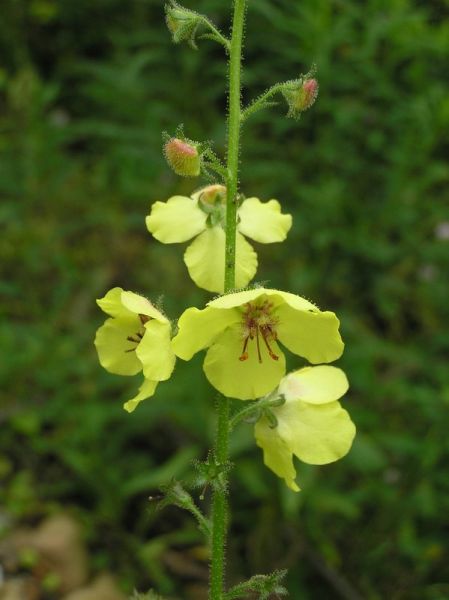
Today the fences are up, Schenley Park is barricaded and the black helicopters are circling overhead. Traveling around town is a challenge.
Welcome to the first morning of the G-20 Summit in Pittsburgh. The heads of state and advisors of the 20 most economically powerful countries will be here for two days. Plus 3,000 journalists. Plus who-knows-how-many protesters.
Since the 1999 riots in Seattle, these meetings are always heavily guarded against violent protest. Most of Downtown Pittsburgh is closed to vehicles. Pedestrians near the Convention Center must pass through checkpoints. Schenley Park is closed because of tonight’s reception and dinner at Phipps Conservatory. The National Guard is at the ready (hence, the black helicopters) and police are stationed everywhere. Pittsburgh “welcomes” the world.
After the traffic barriers were announced in August, the schools and a lot of businesses gave up and decided to close for these two days, but WQED’s OnQ is producing shows about the G-20 Summit so I must be at work.
Now that I live in a city under seige, I have no interest in these goings on, nor do I want to be near them. Just for today I wish I was a bird. I could avoid the traffic, the barriers, the annoyances. If I was a bird I could fly over all this trouble just as Dorothy flies over Oakland.
But I’m not. I’m just a pedestrian who will see less of Pittsburgh than you’ll see on the news. Sadly the news is looking for – dare I say hoping for – conflict and that’s not the Pittsburgh I live in.
The headline in last Sunday’s Post-Gazette was “Why Pittsburgh?” My question exactly!
(photo by Jack Rowley of peregrine falcon, Dorothy, flying over Oakland at the University of Pittsburgh, May 25, 2004)
…p.s. Click on the photo above to see how Carnegie Museum is protecting their statues against G-20 vandals. Plus a few sites that describe/show other scenes: A video of downtown, a description of Schenley’s barriers.


